My trip to Perthshire last autumn presented a chance to see the region at its most colorful, but it also allowed me to pursue activities I’ve long wished to do. Case in point: Foraging. I’ve always loved hiking in Scotland and over the years I’ve gained an interest in earthier pursuits like bushcraft and foraging, ways to interact with the natural world rather than simply pass through it. Inevitably in my planning I come across workshops and tours related to such outdoorsy activities but I could never quite get the various schedules to mesh.
I took a different tack for the autumn Perthshire trip. I simply started Googling experts and quickly found Monica Wilde, a research herbalist, ethnobotanist, and forager living in West Lothian. Monica’s list of credentials, from a Masters degree in herbal medicine to being a fellow of the Linnean Society and a founding member of the Association of Foragers among many others, certainly caught my eye, and when I read she teaches foraging courses all over Scotland I decided to do what any sane person in 2017 would do.
I tweeted at her.
And she responded. The power of social media never fails to impress. Despite my short time in Perthshire we managed to arrange a meeting in the Old Scone Wood just northeast of Perth and near historic Scone Palace. Our jaunt would be a foraging excursion focusing mostly on fungi but to include whatever other edibles we might find along the way.
The day was gray and drizzling as we ventured into the Old Scone Wood, a place lush and alive even in early November and for which there could hardly be a better name. Monica and I were complete strangers but she exuded a down-to-earth friendliness that made our wander easy and fun. This is kind of important because hunting mushrooms isn’t something you just go out and do. There are many poisonous mushrooms — some can even kill you — and many of these have evolved to mimic delicious, edible mushrooms, so it’s good to forage with someone you trust.
I knew next to nothing about mushroom foraging prior to our excursion, and with around 6,000 mushrooms varieties in the UK alone, it can be a bit bewildering. But you don’t need to know all 6,000 mushrooms, Monica pointed out, just the 20 highly desirable edible mushrooms and the 10 or so that are likely to confuse you. Become an expert on the mushroom(s) you’re hunting.
Early November is at the end of the mushroom foraging season in Scotland (mid-October is best), but we quickly wandered upon Birch Polypore, a shelf-like mushroom that grows on birch trees. It’s an ancient mushroom for eating but also has medicinal properties for strengthening the immune system, which makes it ideal for antibiotic dressing and even cancer treatment. A little further on, the forest floor was carpeted in what Monica called “wolf’s farts,” a mushroom more commonly known as puffballs. Puffball mushrooms are edible early in their development, when they’re still firm and white when sliced open. It’s only later that they become the familiar squidgy sacks of spores.
As we drifted through the pine, birch, and beech beneath an intermittent drizzle it quickly became clear that I stink at spotting mushrooms. Every five seconds Monica pointed out a new specimen across the forest while I mainly found crushed caps beneath my shoes. She’s done this before. She grew up in southern Africa and was introduced to herbal medicine by a local Kikuyu herbalist at six years old. The seed was planted and herbalism became a lifelong interest of hers as she lived and studied across four continents. These days she lives on organic land in a house she built, runs the venerable Napiers the Herbalists, and gives walks and workshops like this one. What an incredible story. She’s something of a philosopher, too, with a point of view that honors the planet without being misanthropic.
We stumbled across broad parasol mushrooms, inedible, glistening Cortinarius, and loads of wide-capped Russulas. Russulas have non-fibrous stems shaped like sticks of chalk, brittle gills, and caps of many different colors though you can always peel them back from the edge. This is the level of detail Monica delivered off the cuff for each find. Although we were near the end of the mushroom foraging season the wood was beginning to deliver some interesting, non-edible mushrooms through the detritus. We tasted a small bit from the caps of some of these mushrooms and I was surprised to taste heat, a spiciness like horseradish! Some are apparently very hot.
The Old Scone Wood began to change from spaced out birch and beech to denser coniferous forest as we clove deeper. Besides mushrooms we found wood sorrel, an herb that tastes like green apple skin, avens root which is reminiscent of cloves in flavor, oak moss, and scads of hawthorn berries. One mushroom you could even chew like it was a piece of gum.
Some might cringe at us picking these mushrooms, but the biggest threat to mushrooms is development, not foraging. When woods are plowed under the mycelial network, which is the actual living organism of which mushrooms are just fruit, beneath the ground is destroyed. This network is a crucial part of the ecosystem that decomposes organic compounds and bioremediates pollutants. Without mycelium we’d have a dead planet. There’s also interesting research happening now showing that mycelium work symbiotically with trees to allow greater cooperation and health. At this point Monica and I got into some pretty deep questions about the nature of humanity and our place in the world.
The mushroom parade continued with turkey tails, amethyst deceivers, milkcaps, funnelcaps, and the jewel of the forest itself, the Fly Agaric. This bright-red mushroom is renown for its hallucinogenic properties, but I learned (not through experience) that getting there can be a trial. The Fly Agaric possesses two different acids: One that gives you visions, and one that makes you want to die. If I were to, say, eat this mushroom I would soon begin sweating, convulsing, vomiting, and discharging liquids from all my orifices. I would then be treated to a psychedelic array for my personal enjoyment.
You can see the problem. Mankind has had a long time to work out a solution, and I will never forget the one Monica told me. This mushroom grows in Scandinavia, and some bright shaman in the distant past decided to feed them to his reindeer. The poor beasts suffered the symptoms above, and then — here’s the brilliant part — the shaman collected the reindeer’s urine. Which he then drank. After he returned from outer space, the nobles collected his urine. You can imagine what they did. When the nobles relieved themselves in the snow, the peasants scuttled out to collect it, melt it, and….you get the picture. The circle of life.
What’s going on here? The reindeer broke down the “bad” acid, but the “good” acid isn’t broken down by the body, it just passes through in the urine. There’s a theory that this is how Santa’s reindeer fly and why rudolf’s nose looks exactly like a Fly Agaric mushroom. You be the judge.
Mushroom foraging is all about paying attention to the details. The texture of the stem, the flexibility of the gills, the color of the caps, whether or not they have veils or sacks, and the smell of the mushroom are all crucial to correct identification, but the tree matters, too. An edible mushroom like Chicken of the Woods growing on a Yew tree (which is poisonous) would yield an inedible/poisonous Chicken of the Woods.
In the course of our several hours together I learned a ton about foraging and herbalism from Monica. We gathered close to ten edible mushroom species including a batch of chanterelles, and foraged several other edibles like the beautiful hawthorn berries pictured above. She was full of so much dietary and medicinal wisdom that I just wanted to sit down with her and become an understudy.
If this sounds fun to you, go to her website and browse the foraging courses she provides. You won’t regret it.
Disclosure: Monica provided me with a complimentary walk. All thoughts and opinions expressed here, as always, are my own.

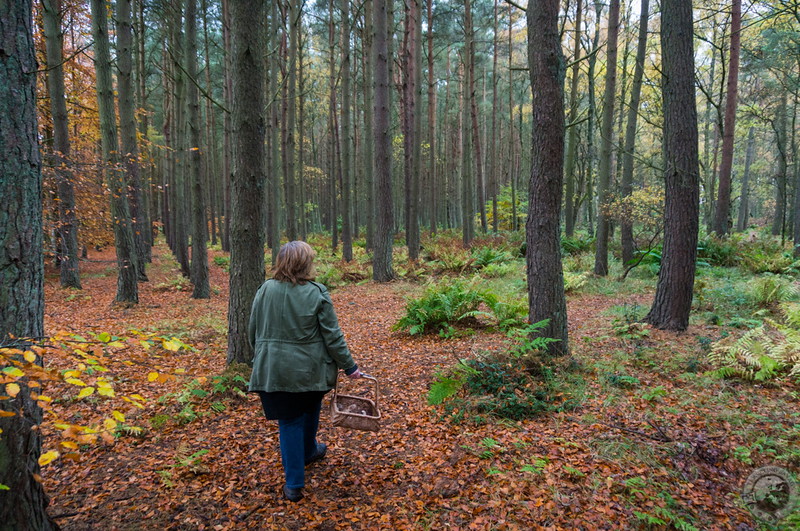
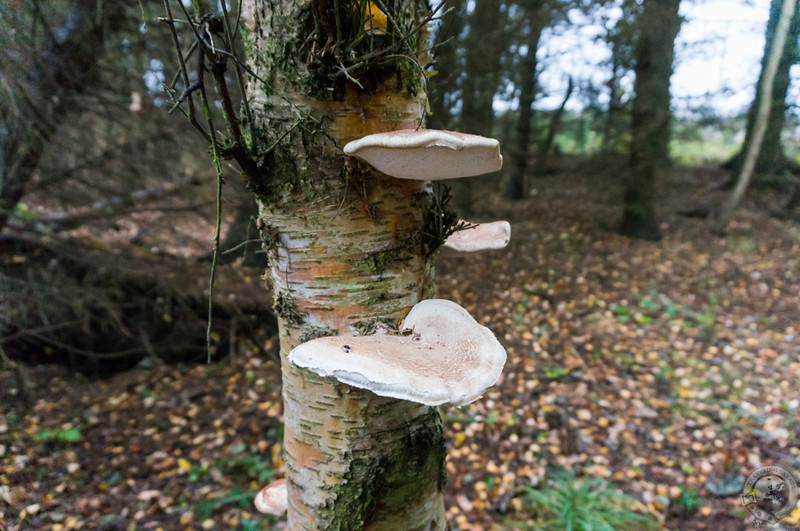
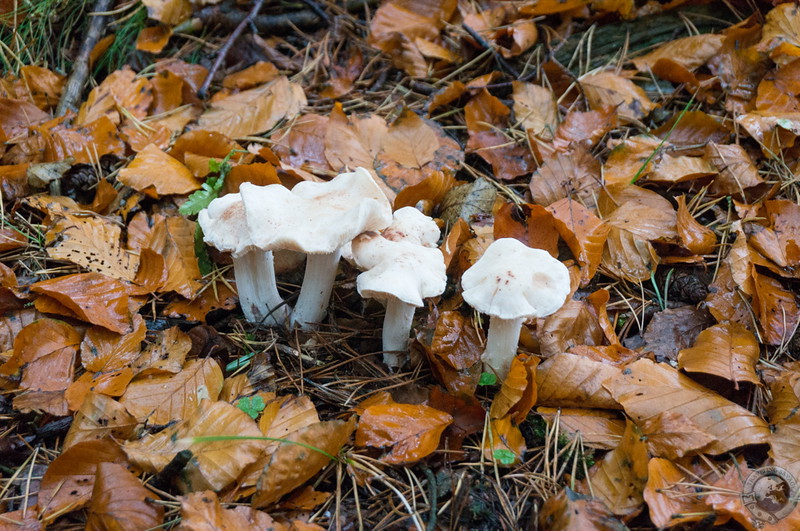
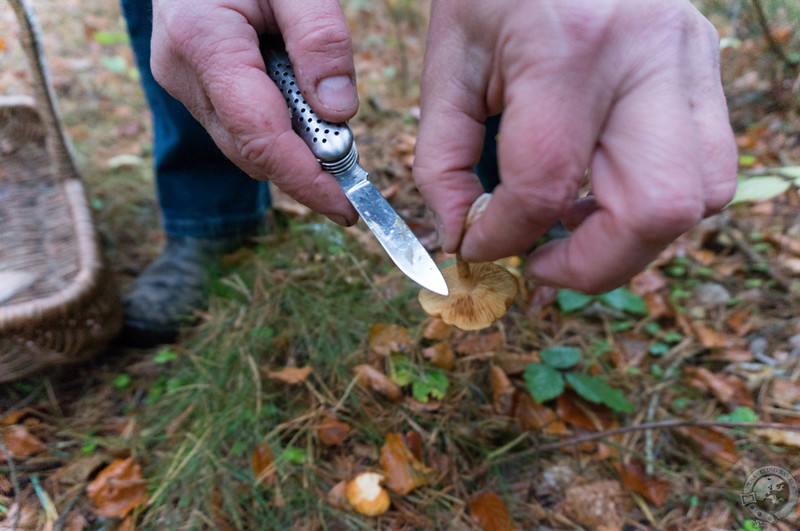
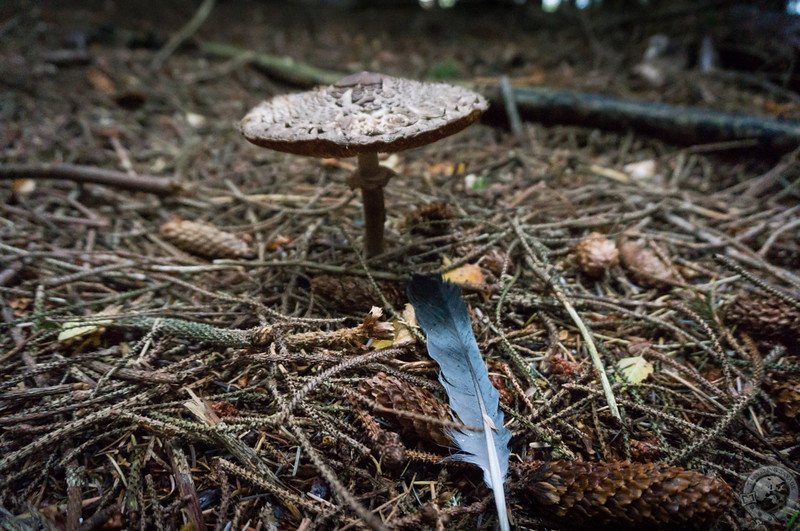
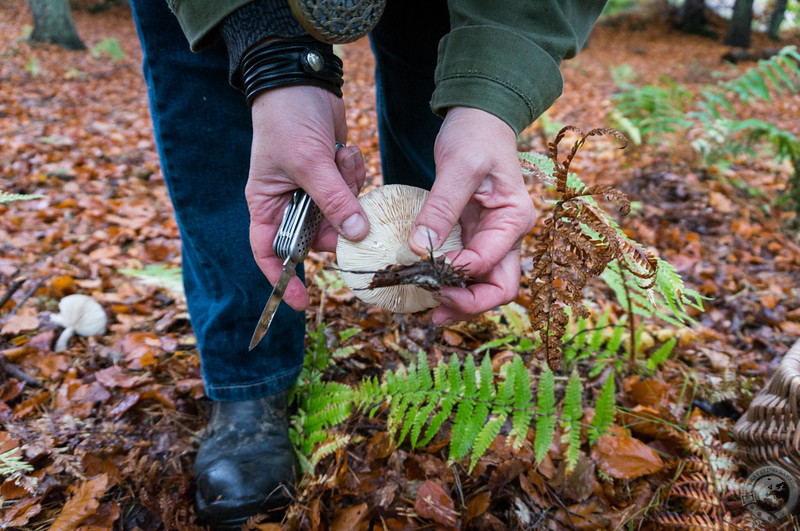
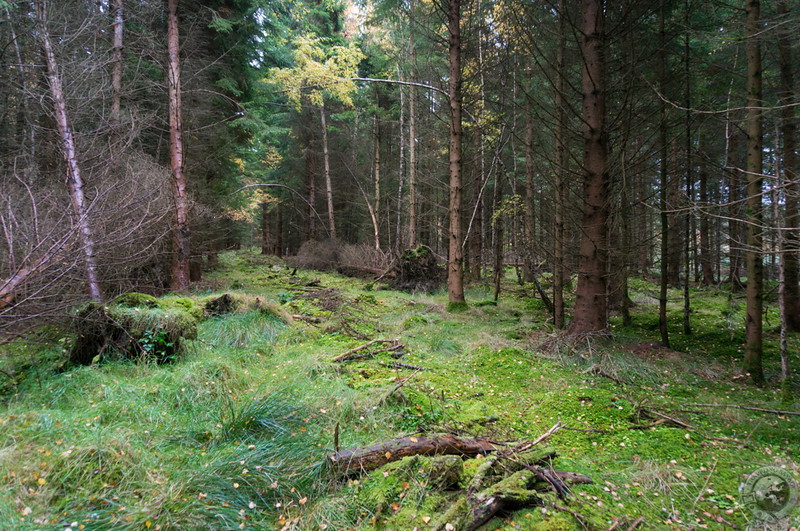
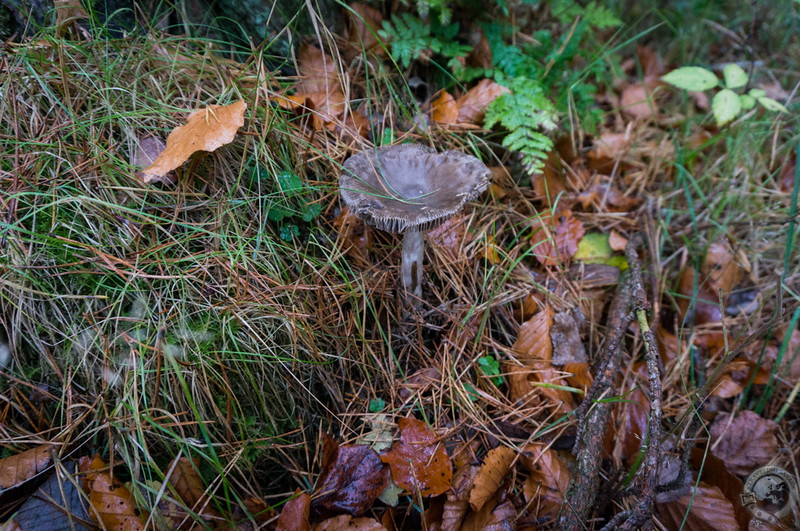

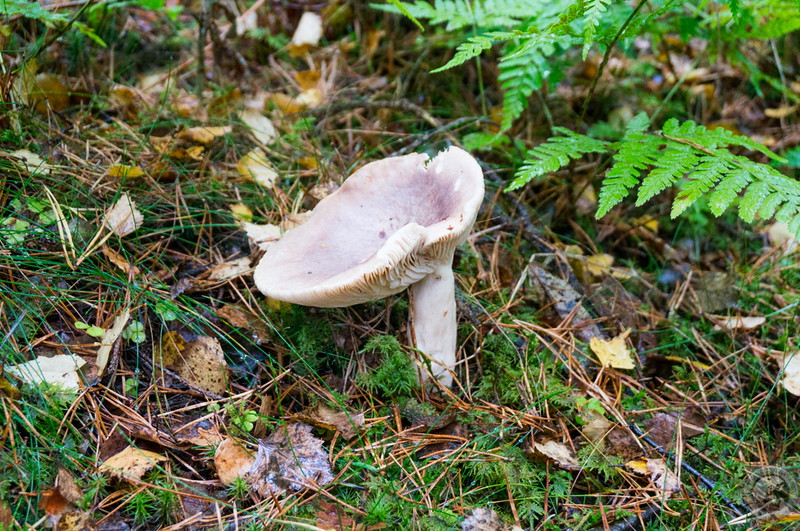
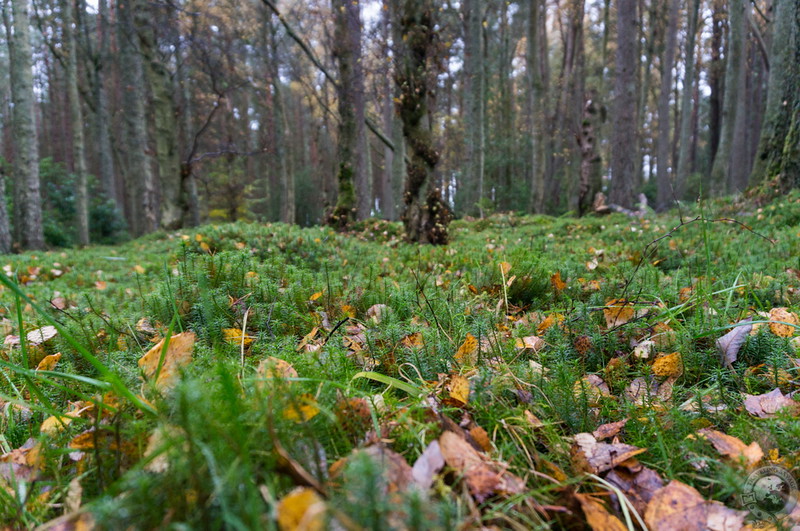
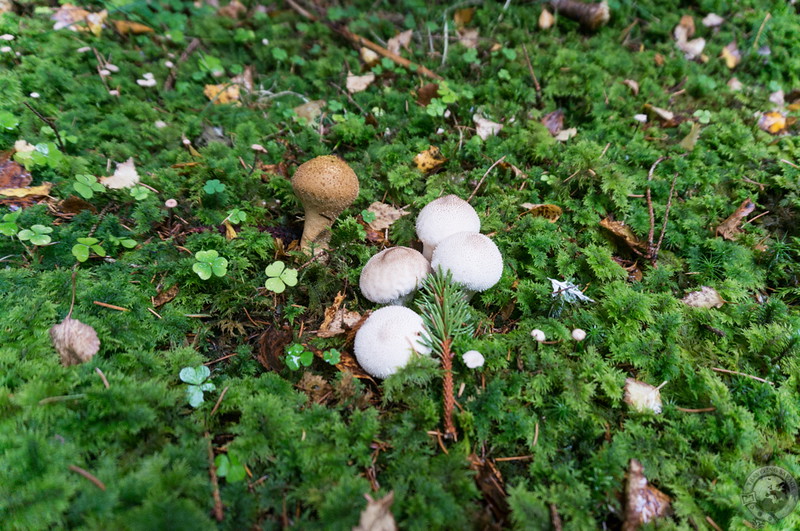
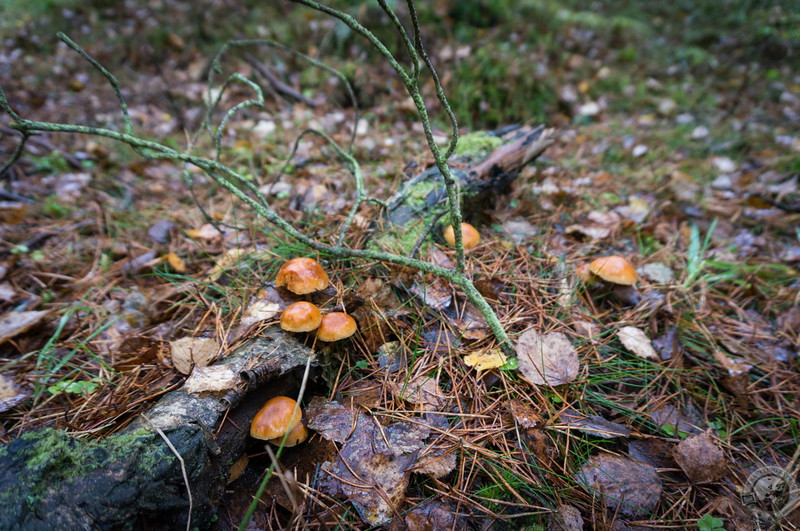
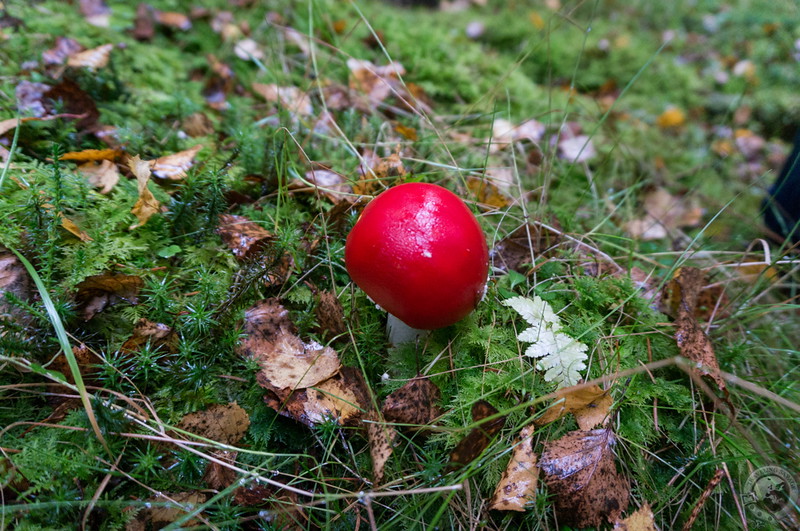
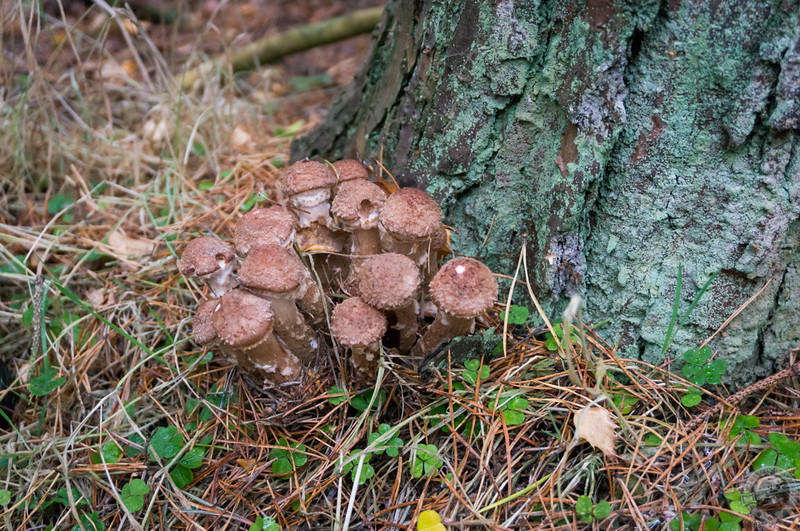
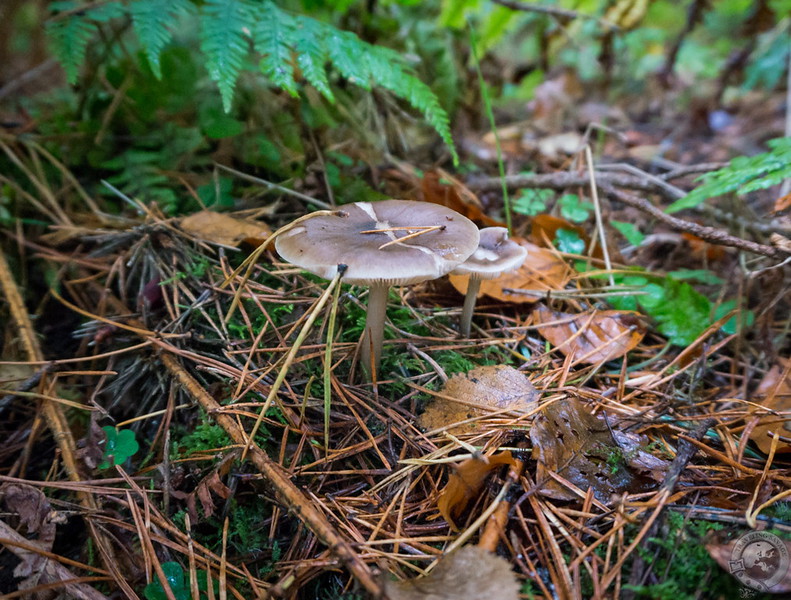
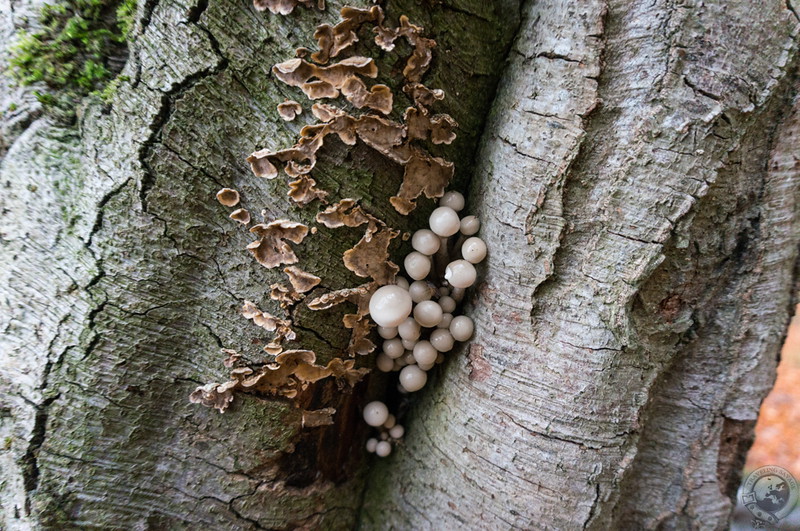
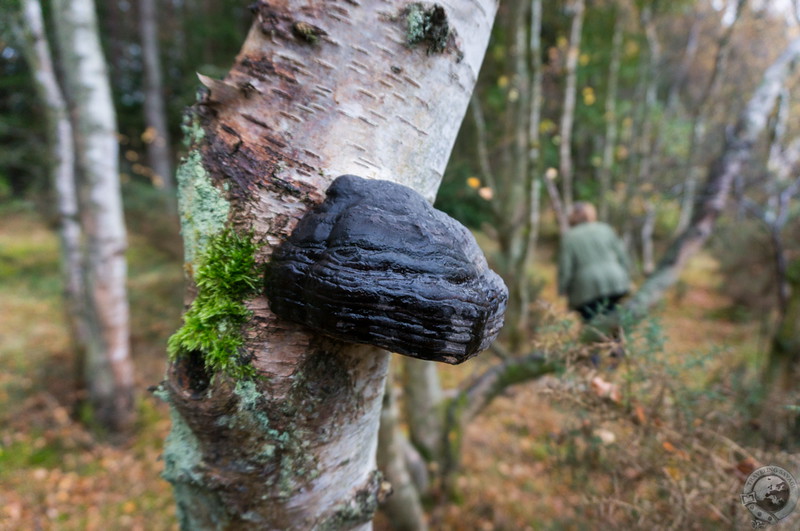
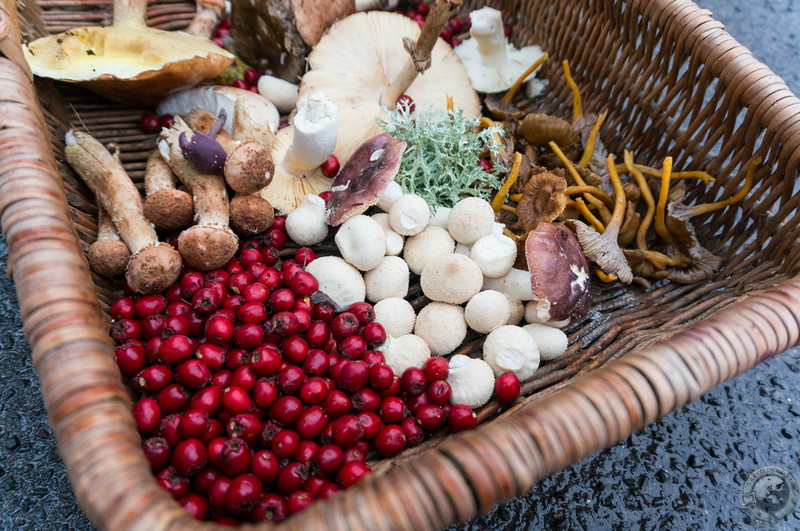
I need to retire and learn about mushrooms. I have a recipe that I’ve tweaked (w/garlic, ginger, tumeric) as a Mushroom Medicine Soup – the more mushrooms the merrier. Great over ramen noodles w/hot sauce. ~JackieO